

Location and size
Tema Metropolis is a coastal district situated about 30 kilometers East of Accra, the Capital City of Ghana. It shares boundaries in the northeast with the Dangme West District, south-west by LedzokukuKrowor Municipal, north-west by Adentan Municipal and Ga East Municipal, north by the Akuapim South District and south by the Gulf of Guinea. The Ashaiman Municipal is an in-lock enclave within the Tema Metropolis. The Metropolis covers an area of about 87.8 km2 with Tema as its capital. The metropolis lies in the coastal savannah zone.
The Greenwich Meridian (i.e. Longitude 0º) passes through the Metropolis, which meets the equator or latitude 0° in the Ghanaian waters of the Gulf of Guinea. The Metropolis proximity to the sea with its low lying terrain which projects into the sea makes it a natural endowment for a harbour. This evidently informed the decision of the construction of the TemaHarbour in 1957, making the Metropolis “the Eastern Gateway of Ghana”.
Climate
The Metropolis lies in the coastal savannah zone and therefore enjoys a dry equatorial climate. The rainy season is usually from April to July (major rainy season) and from September to November (minor rainy season). The highest amount of rain is experienced in May, June and early July. Temperatures are high all year round with significant daily and seasonal variations.
Tema being an industrial hub, some areas have been demarcated to serve as greenbelts as a result of the absence of forest reserves (zones) to control the micro climate of Tema (climatic condition in relatively small area). However, the number of industries and waste generated have been increasing in the Metropolis without a corresponding increase in afforestation to absorb excess carbon mono-oxide generated by the factories. Also, areas reserved as green belts are being encroached upon. This has led to changes in weather condition with its associated effects, such as, loss of biodiversity and erratic rainfall pattern.
Vegetation and soils
The vegetation zone in the Metropolis comprises of the following; shrub land, grassland and few patches of semi-deciduous forests.
Soils in Tema Metropolis are composed of sand, clay, humus, gravel and stone. The sandy and humus nature of the soil support the cultivation of vegetables whiles the clayey nature, though support the production of brick, could also have adverse effects on general construction activities.
The Metropolis is underlain by the Precambrian rocks of the Dahomeyan formation: metamorphic rocks mainly consisting of granite, gneiss and schist have been probably derived from sedimentary layers. These rocky formations are weathered or decomposed at the surface with a thickness not exceeding 12m in the area.
Drainage pattern
The streams in the Metropolis are seasonal. Most of the streams flow through depressions into the sea during the rainy season. Notable among them is the Gynakorgyor (flows into the Gao Lagoon between Manhean and Kpone). Industrial liquid waste and water from the eastern part of Manhean Township converge into a major drain ending up in the Chemu Lagoon between the harbour area and TemaManhean. Pollutants especially from the industrial liquid waste could be responsible for the destruction of the aquatic life of the lagoon.
Date Created : 12/4/2017 6:35:15 AM
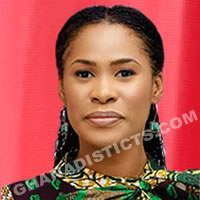


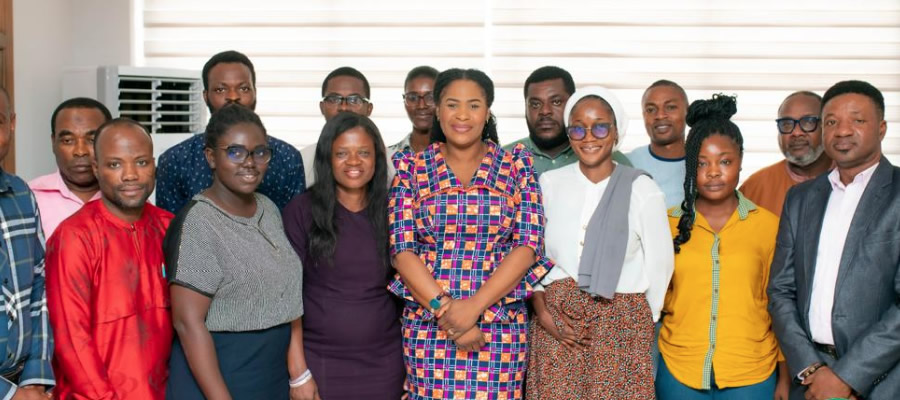
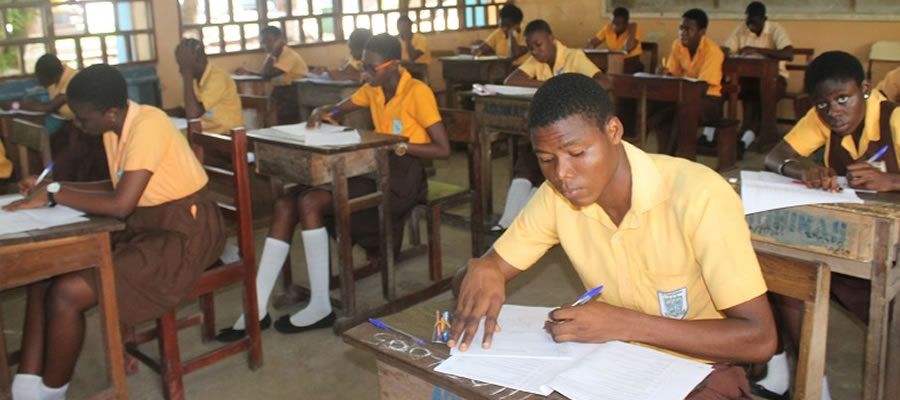
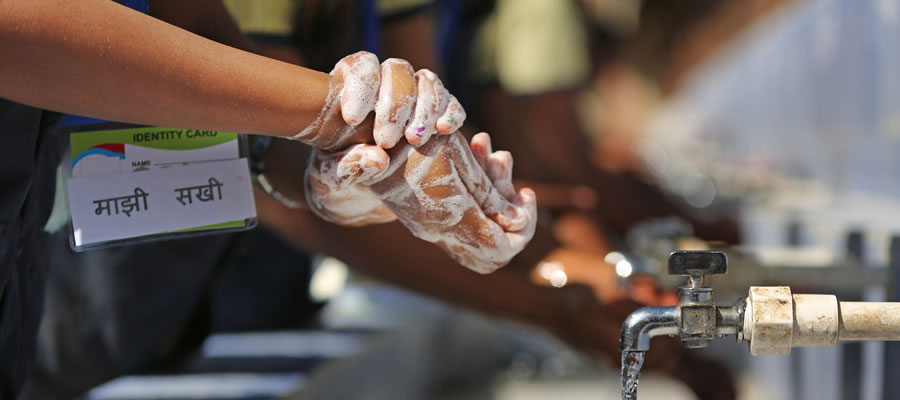
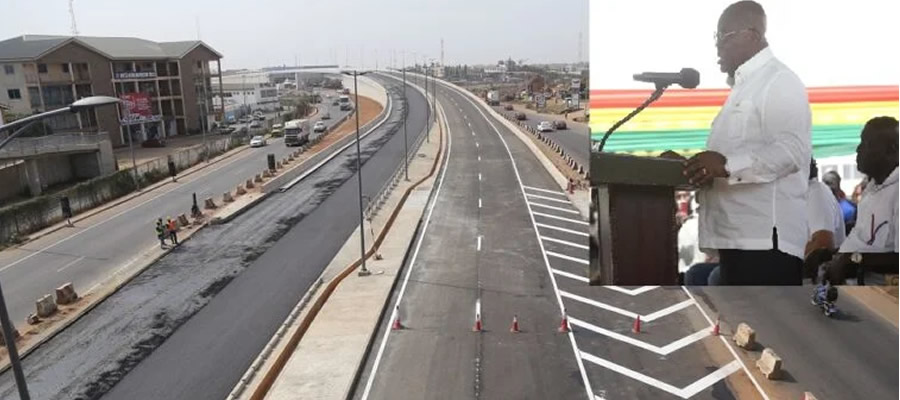





 facebook
facebook
 twitter
twitter
 Youtube
Youtube
 +233 593 831 280
+233 593 831 280 0800 430 430
0800 430 430 GPS: GE-231-4383
GPS: GE-231-4383 info@ghanadistricts.com
info@ghanadistricts.com Box GP1044, Accra, Ghana
Box GP1044, Accra, Ghana